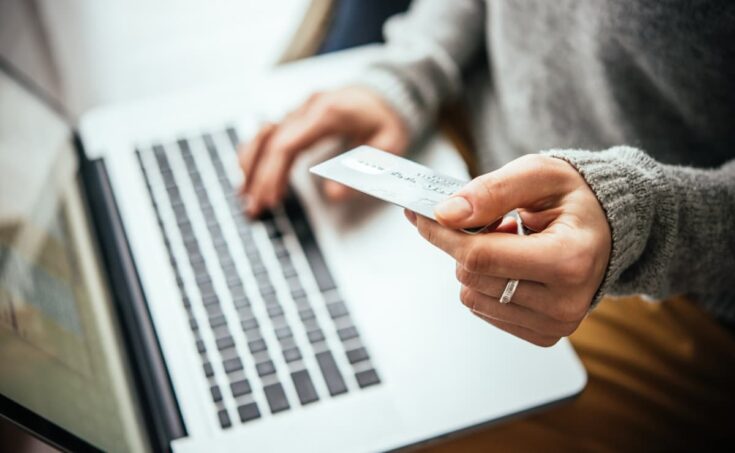Fraud due to card data theft: how to prevent it? When we talk about credit card theft, it is natural that the first thought that comes to mind is that of physical card theft. But, curiously, due to the rise of this type of crime, physical theft is by far not the one that has increased the most. Credit card data theft has grown spectacularly, and it is necessary to know all the possible resources to prevent it.
The numbers are overwhelming: at the beginning of this century, credit card fraud increased by 80% compared to the 90s, and has only continued to grow year after year and become one of the crimes with the highest growth rate globally.
How can my card information be stolen?
Unfortunately, there are many ways in which credit card data can fall into the hands of criminals, the most common of which could be:
- Fake readers installed in ATMs or payment systems that duplicate card data.
- Use of the card on unsecured Internet sites.
- Access to sensitive information (account data, card, and PIN data) through the network or various means.
Out of the three, the second is the most relevant. However, we should recognize other issues, such as security breaches of trusted sites, which we sometimes do not give importance to beyond the fact that they are newsworthy. And it can really mean a huge loss of data to criminals.
Preventing credit card data theft before it happens
Just as it is more complex to control the physical theft of a card, card data theft has sufficient prevention measures that, although they do not prevent 100% of our exposure to this crime, greatly reduce the chances of it happening to us.
- The first steps for this prevention should always be the following:
- When contracting, take the card from the bank itself, do not request it at home.
- Sign the card as soon as you receive it. This signature is usually skipped, but it is very important.
- Use PINs unrelated to things such as family birthdays, special dates, names, and family acronyms…
- Do not use your main card for online purchases. There are simple alternatives, such as virtual cards or secure payment services.
Check the ATMs if they give you any bad gut feelings, and notify the entity immediately if you find something strange. Generally, the machines that try to duplicate the cards do not have the same mechanical behavior when scanning the plastic. Likewise, notify the entity if you find cameras where they should not be.

If you make offline payments with your card, keep it from getting out of sight, and claim that the payment must be made in front of you.
It is not advisable to make payments via telephone with cards. It is better to use virtual cards. If necessary, only do it with reliable sites where you are immediately offered a copy via e-mail of the payment made.
Check your card statements thoroughly, and save and associate purchase and payment receipts. Any anomaly should be reported immediately to the bank.
In case of data or card theft
First of all, we must report the loss or theft of the card to the issuing entity. Think that if you do not make the corresponding report, you may reach the point where the responsibility for what happens to the card will be yours. That is to say that you have to assume the possible movements or frauds that are made with it.
Therefore, it is always recommended that the next step taken after communicating with the issuing entity, is to report the incident to the police. In this case, the report must provide all the documentary elements at hand. If it is an Internet fraud, you should also include the link to the website where you suspect the crime occurred.
Finally, after verifying the possible damages in our account, if they have occurred, it is convenient to write and send a letter to the entity with all the previous data, the time of the complaint, a copy of the police report, and notes of fraudulent operations. It is a document of discharge that, in case of future legal actions, can serve you when it is properly dated and certified.
What about Phishing?
Phishing is probably still one of the most common methods used by criminals to try to obtain victims’ card (and bank account) details.
Although there is much more information on the subject, and most people know that they should never open a suspicious link, criminals have also evolved. Today, spoofed link attacks are much more sophisticated. They can perfectly replicate the communications of financial institutions, electric utilities, insurance companies, etc.
The big advantage is that a financial institution will never ask you to provide sensitive data over the Internet. You may be at risk if your interlocutor asks you for data such as secret numbers, access to accounts, etc.
Remember that some financial services and creditworthiness checkers, for example, do not ask for this type of data when granting credit. Therefore, you should always distinguish the safe sites from the unsafe ones very well.


